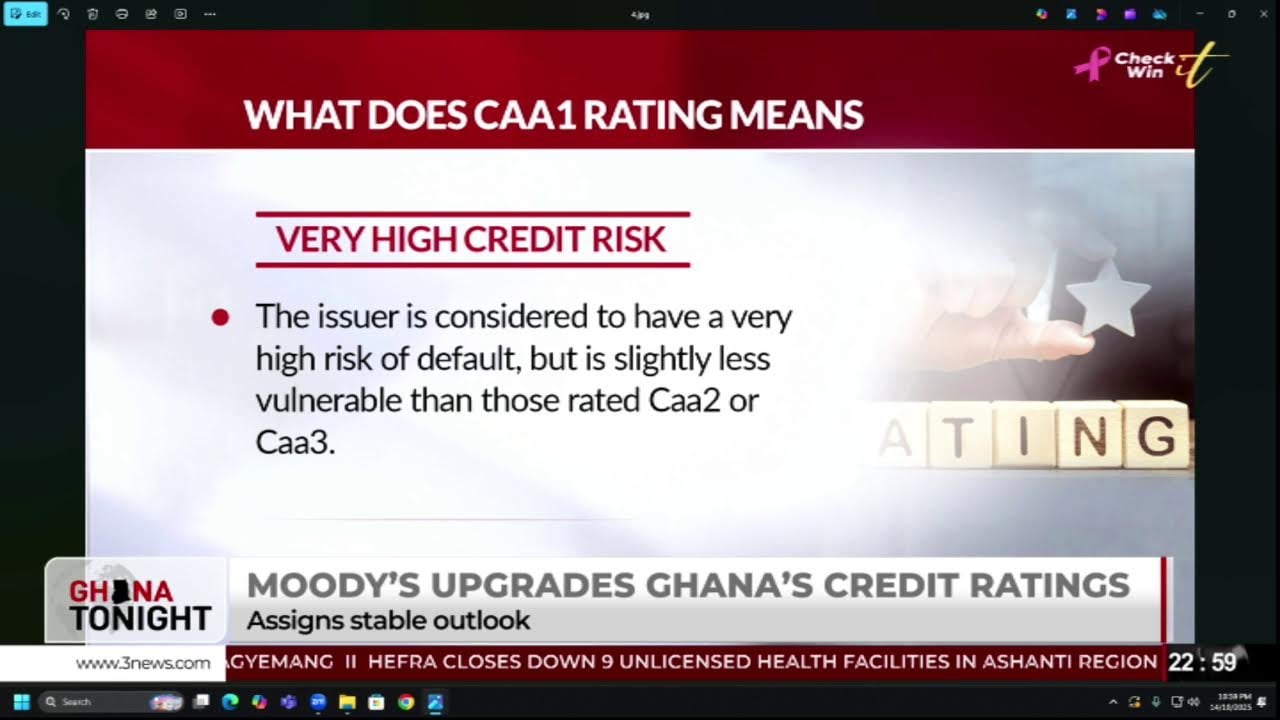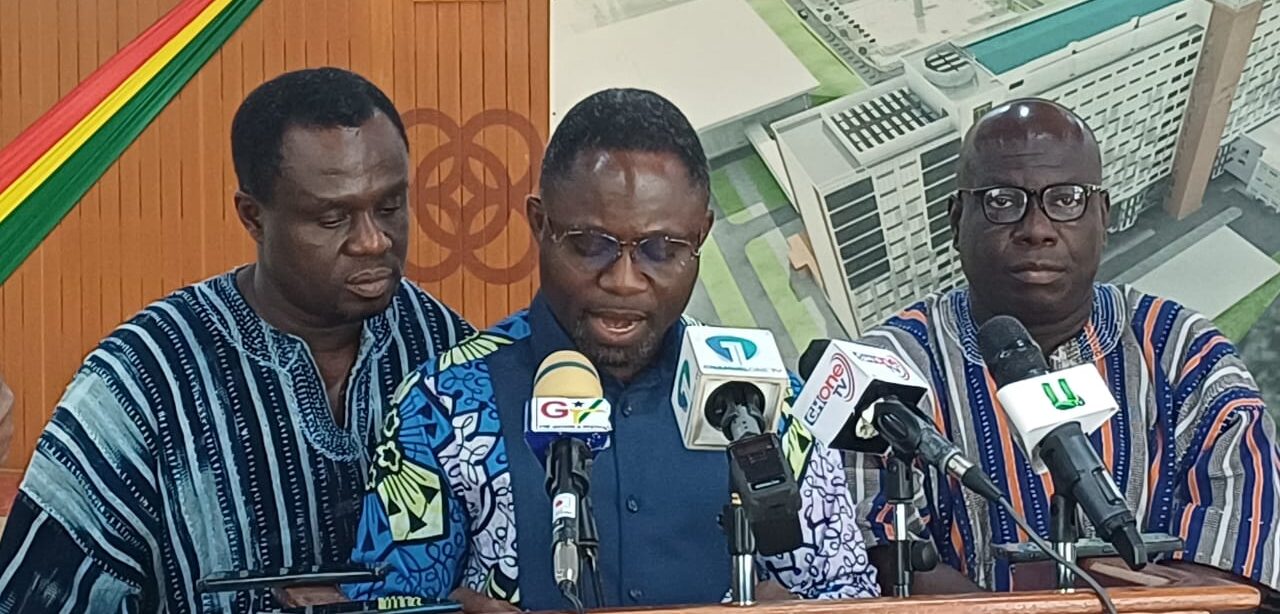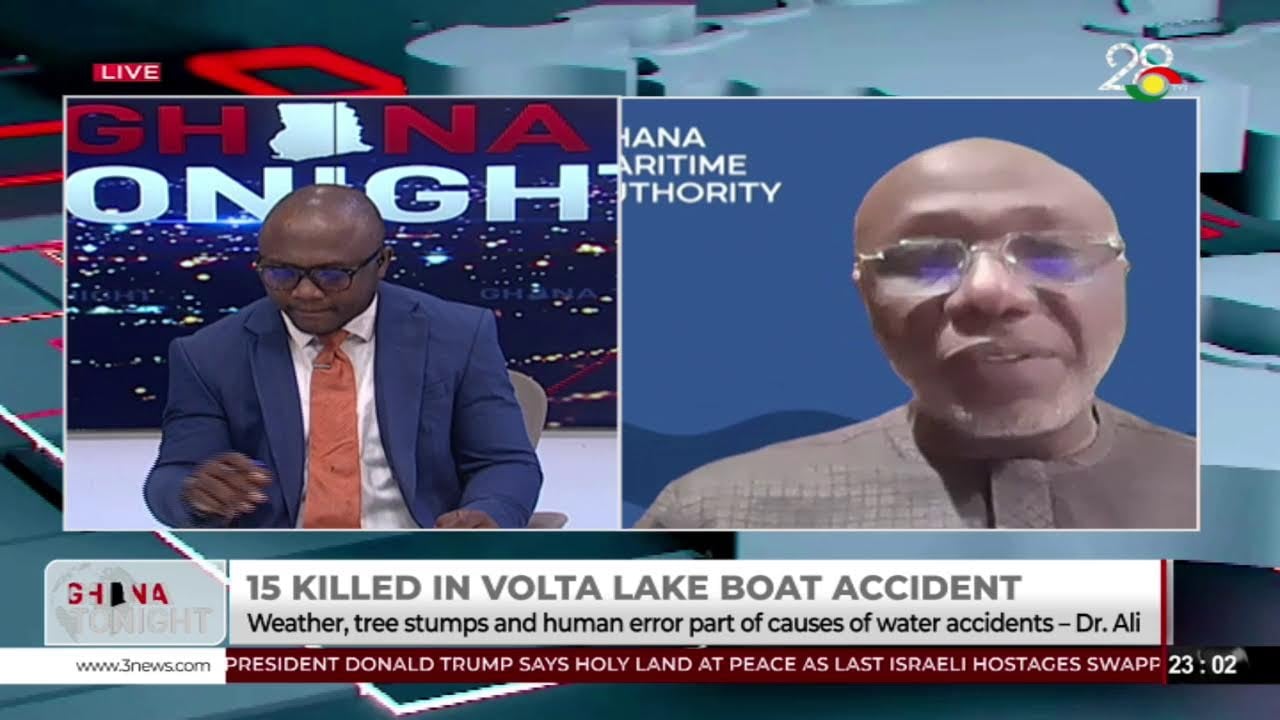
By Dr. Elikplim Kwabla APETORGBOR
Ghana has long prided itself on its hydrocarbon and hydropower endowments. The Volta Region stands today as Ghana’s next economic frontier. A region blessed not only with natural beauty and vast arable lands but also an abundance of renewable energy resources that remain largely untapped.
As Ghana strives for energy security, industrialisation and sustainable development, Volta Region offers a golden opportunity to lead the next wave of green energy investment through utility-scale wind, solar and waste-to-energy projects.
Below, I present the best available data on potential capacities, situate the case in Volta’s context and call on public and private actors to move decisively.
National Context & Ambitious Targets
Ghana’s Renewable Energy Master Plan (REMP, 2019) sets a target of 1,363.63 MW of grid-connected non-hydro renewables by 2030. Yet as of 2023–2024, non-hydro renewable contribution remains minimal with only tens of megawatts feeding the national grid. Estimates suggest Ghana’s technical wind energy potential is on the order of 5,640 MW (gross potential) per earlier SWERA data interpretations, though realisable potential is lower.
In more recent assessments, the figure for onshore wind potential in Ghana is often cited as “over 500 MW” (practical potential) with far greater offshore potential.
For solar, Ghana’s solar irradiation levels (global horizontal irradiation) are favourable across the country. A spatial mapping effort shows values ranging from ~1.5 to 7 kWh/m²/day, with many Volta districts in the higher bands.
Some studies conclude that solar PV is more cost-effective than wind under Ghana’s wind speeds, with levelised cost of electricity (LCOE) for solar PV in Ghana estimated around US$58.75 to 65.82/MWh, versus much higher LCOE for onshore or offshore wind in many cases.
These figures indicate two things: the ambition is high and we have considerable unexploited space to grow. But meeting national targets requires that regions like Volta capture a significant share
Volta Region: Site-Specific Potential
Electricity access in Volta Region has improved remarkably in recent years, but the cost of on-grid power remains prohibitively high for many local industries and farmers. Agricultural enterprises, cold chain facilities and emerging agro-processing ventures rely heavily on expensive electricity tariffs that erode their competitiveness and threaten their long-term viability.
This challenge underscores a need to diversify the regional energy mix through renewables. Affordable and locally-generated renewable energy can significantly reduce production costs, make agribusinesses profitable and attract light manufacturing industries into the region.
While much of Ghana’s renewable planning has focused on the south and central belts, Volta offers unique comparative advantages:
Wind along the coast & hills: Wind assessments in Ghana have identified the eastern coastal belt and hill-tops around Lake Volta and the Togo border as among the higher-potential zones. Wind resource assessments by the Energy Commission and various independent studies indicate promising wind corridors along the Keta–Anloga coastal stretch, with average wind speeds above 6 m/s suitable for commercial turbines.
A Ghana Market Overview Study (CJR Wind) maps coastal wind speeds in Volta and neighbouring areas in the range of 6.2 to 7.1 m/s, which is within the range considered viable for utility-scale wind development. The Aflao–Atiteti–Ada zone has consistent sea breezes which create stable generation potential.
Inland ridges such as Anfoega, Hohoe and Kpeve have elevated terrains that enhance wind velocity. These sites offer ideal conditions for utility-scale wind-farms that can supply power to both local industries and the national grid, particularly during evening hours when solar output declines.
Solar potential: District-level solar radiation datasets (Energy Commission) show that many Volta districts receive strong solar insolation, supporting utility PV deployment. The Volta Region enjoys over 2,200–2,400 hours of sunshine annually, making it one of Ghana’s most solar-abundant areas.
Specific high-insolation zones include Adidome and Sogakope, with vast flat lands suitable for ground-mounted solar farms; Ho and Hohoe townships, where solar rooftops could power municipal facilities and schools; Krachi East and Nkwanta South, offering large tracts of land for solar agro-parks to power irrigation and agro-processing.
Harnessing even a fraction of this solar potential could transform the region’s energy landscape – powering irrigation schemes, cold storage for fish and fruit, with light industries processing cassava, maize, pepper and palm produce.
Though no public published estimate for maximum MW in Volta exists (in open sources), one can conservatively propose that 100–300 MW of solar PV and 50–150 MW of wind (onshore and hybrid) would be achievable as initial anchor projects, subject to site screening. These provisional numbers are modest relative to national potential, but quite significant for regional industrialisation.
Additionally, waste-to-energy opportunities exist around urban centres such as Ho, Kpando and Aflao, where municipal solid waste quantities could support small-to-medium waste-to-energy plants tied to district power demands for CHPS compound, 24-hour markets, schools, farmers etc.
Why Volta Needs Utility-Scale Renewables — Beyond the Data
Cost-relief for productive users (farmers, processors, industry)
Many farmers in Volta rely on on-grid electricity, paying high tariffs and absorbing costs from inefficiency, voltage instability and power cuts. This erodes profitability and discourages scalability, especially for agro-processing, cold storage and irrigation systems. A regionally embedded renewable generator can lower marginal costs, deliver more predictable pricing and improve investment viability for value-added agriculture.
Industrialisation, anchor loads & competitiveness
As the Volta Corridor aspires to become Ghana’s new economic zone, anchor industrial investors (e.g. agro-processing clusters, assembly plants, electronic vehicle and motorcycle promotion, logistics hubs etc.) will demand reliable, low-cost, high-quality power. In many jurisdictions globally, industrial zones attract renewable generation capacity on-site or co-located – which helps to bring down grid burden and ensures power quality (voltage, frequency).
Grid stability & reduced losses
Local generation reduces transmission distance losses, relieves congestion on main lines and can help with voltage support and reactive compensation if properly integrated. A healthier grid environment further reduces the frequency and duration of outages.
Employment, local development and environmental benefits
Construction, operations, maintenance, training and supply chains generate local jobs. Waste-to-energy plants help manage municipal solid waste, improve sanitation, reduce methane emissions and generate power – making them a multi-purpose investment.
Strategic Recommendations & Institutional Call-Outs
To translate potential into MW on the ground, the following coordinated actions are required:
Grid Company (GRIDCo)
Prioritise Volta in transmission expansion plans. Build new substations or upgrade existing ones in Ho, Kpando, Denu and coastal subzones. Embed voltage stabilisation equipment (STATCOMs, capacitors) in planning. Ensure sufficient transformer capacity margins.
Electricity Company of Ghana (ECG / sub-distribution):
Integrate renewable injection nodes into distribution designs; plan radial feeders to renewable plants; implement smart regulation to manage reverse flows; partner with developers in “wheeling” schemes.
Ministry of Energy / Energy Commission / Public Agencies:
Fast-track land acquisition, permitting and environmental impact assessments; establish feed-in tariffs or competitive bidding frameworks; provide tax incentives, import duty waivers and guarantee mechanisms; coordinate with local assemblies for benefit-sharing.
Private Investors / IPPs / PPPs
Consider Volta as priority in siting decisions. Engage early with local stakeholders and traditional authorities. Use clustering (solar storage, wind hybrid) to mitigate intermittency. Explore integrated waste-to-energy solar hybrids in municipal zones.
Local Government & Traditional Authorities
Facilitate community acceptance, land access and benefit-sharing arrangements (community equity, social contracts). Promote local workforce development to support O&M roles.
Important Caveats & Risk Mitigation
Grid integration challenges: High penetrations of variable renewables require grid flexibility, storage (batteries, pumped hydro, hybridisation) and grid operational upgrades.
Intermittency & capacity factors: Wind and solar are variable; capacity factors in Ghana may be modest (e.g. 20–25% for wind, depending on site).
Financing & cost: Capital costs, interest rates and currency risk can make the Levelised Cost of Electricity (LCOE) sensitive. Guarantee mechanisms and concessional financing may be necessary.
Regulatory & policy delays: The biggest bottleneck is often institutional inertia – that is, delays in permits, network access, approvals and off-taker certainty.
Land use conflicts & environmental/social impact: Some suitable sites may overlap with agriculture, forests or community land; stakeholder engagement is critical.
Despite these challenges, they are not insurmountable. Many developing countries have navigated them with a combination of policy clarity, institutional reform and bold partnerships.
Volta Region stands at the cusp of becoming Ghana’s renewable energy and industrialisation powerhouse. With conservative estimates that the region can reasonably host hundreds of megawatts of solar and wind (plus waste-to-energy), the opportunity is manifest. But it will not materialise spontaneously.
This is an open invitation to GRIDCo, ECG, the Ministry of Energy, Energy Commission, Ghana Investment Promotion Centre and private sector developers to put Volta in the front row of Ghana’s next growth trajectory. The infrastructure, policy frameworks, incentives and stakeholder alignment must be put in place now.
For Volta to realise its vision and for Ghana to transform, region by region, renewable energy must no longer be an abstract ideal but a working economic backbone. Let Volta be the model that demonstrates how clean energy can power industrialisation, reduce energy cost burdens and unlock inclusive growth.
The post Volta Region: The new renewable energy frontier: Data, opportunities & imperatives appeared first on The Business & Financial Times.
Read Full Story























Facebook
Twitter
Pinterest
Instagram
Google+
YouTube
LinkedIn
RSS